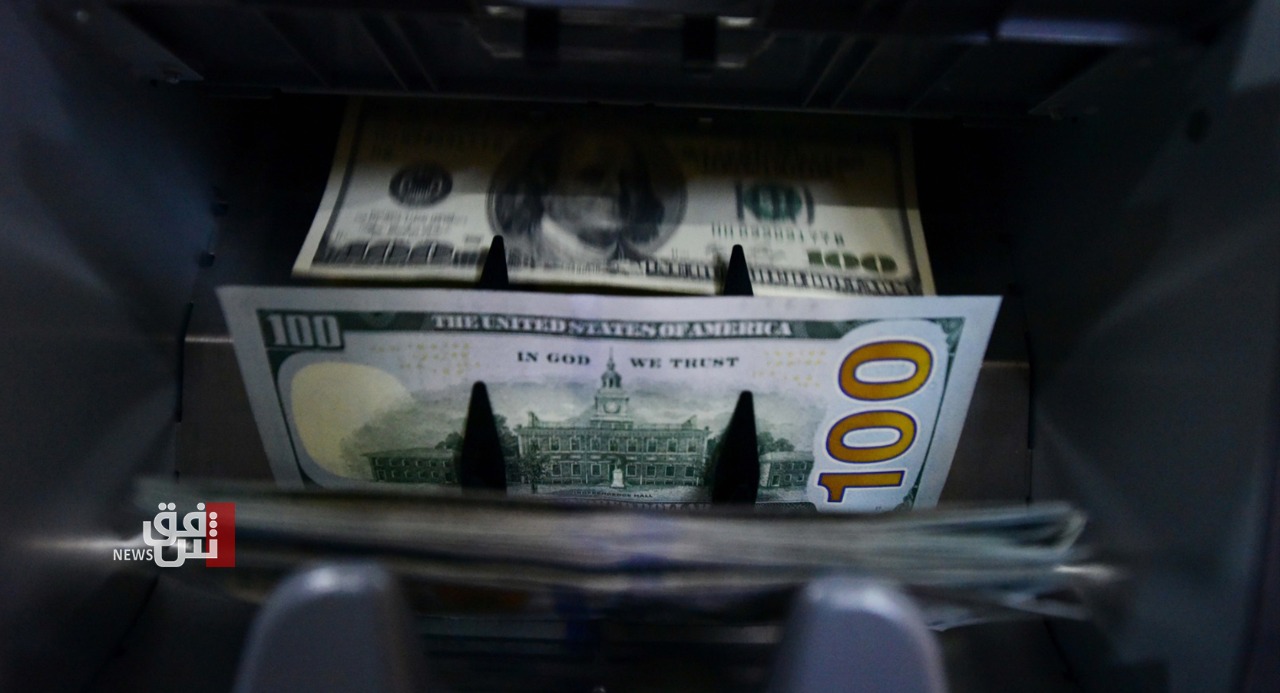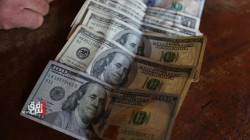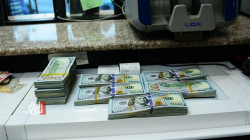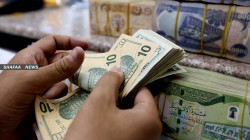Dollar nurses losses post soft jobs data, pound keeps gains

Shafaq News / The U.S. dollar steadied in Asian trading on Friday after losing ground overnight to the euro and sterling on the back of U.S. data showing further signs of a cooling labour market and hence higher odds of Fed rate cuts this year.
Against the Japanese yen, the dollar was trading at 155.615 yen , off lows but unable to reclaim Thursday's 155.95 high. The euro stood at $1.0776 , almost flat after a 0.3% gain overnight.
The dollar index , which measures the greenback against a basket of currencies including the yen and the euro, was just a tad higher at 105.28.
The dollar's retreat followed data showing a jump in initial claims for U.S. state unemployment benefits which, coming on top of last week's weak payrolls report, furthered risk-taking in a market that has been vacillating for weeks on when and how much the Federal Reserve will cut rates this year.
Alongside a light rally in U.S. Treasuries and commodities, most major currencies rose, including a yen that has been hobbled by its low yields and sterling which had appeared vulnerable after a dovish Bank of England (BoE) policy review.
Still, analysts cautioned against dragging out the rally.
"We note jobless claims are weekly data that can be very volatile from week to week," Commonwealth Bank of Australia's Joseph Capurso said in a note. "It is far too early to conclude the labour market is weakening significantly."
For one, they said, the yen's low yields and still-yawning chasm between those and U.S. interest rates could tempt speculators to re-test 34-year lows the currency hit last week.
Market players estimate Tokyo spent some $60 billion last week to bring the yen back from those lows and Japan's Finance Minister Shunichi Suzuki repeated his line on the government's intent to intervene if needed at a regular post-cabinet meeting news conference on Friday.
"Intervention may have temporarily stalled dollar-yen's upward momentum, but participants are clearly buying into this temporary weakness, which will likely cause dollar-yen to pivot around the 155 levels," said Rong Ren Goh, a portfolio manager in the fixed income team at Eastspring Investments.
Sterling traded at $1.2515 . It had gained 0.2% in the wake of the U.S. data, recovering from a low of $1.2446, its weakest since April 24, after the BoE paved the way for an interest rate cut.
The BoE held its benchmark interest rate at a 16-year high of 5.25% on Thursday, as expected, but a second official on the Monetary Policy Committee backed a cut, in what was seen as another step towards the bank lowering interest rates.
"The BoE's urgency and willingness to cut ahead of the Fed will continue to weigh on the currency," Goh said.
U.S. Treasury yields slipped on Thursday amid relief that all $125 billion in new note and bond supply this week was absorbed smoothly. The 10-year yield was last at 4.46%, down from 4.52% on Thursday and by about 28 basis points in 2 weeks.
Traders will be closely watching April U.S. producer price index (PPI) and the consumer price index (CPI) out next week for signs that inflation has resumed its downward trend towards the Fed's 2% target rate.
Meanwhile, in a fresh but unsurprising development in the long running Sino-U.S. trade spat, the U.S. administration added 37 Chinese entities to a trade restriction list, for "acting contrary to the national security or foreign policy interests of the United States," the Federal Register showed on Thursday.
Being added to the list makes it harder for U.S. suppliers to ship to the targeted entities.
(Reuters)





